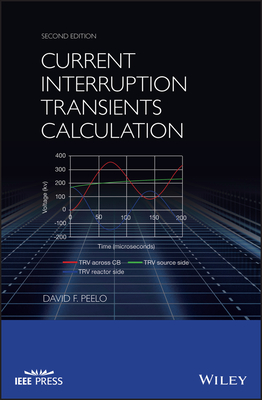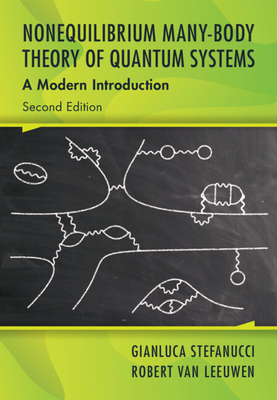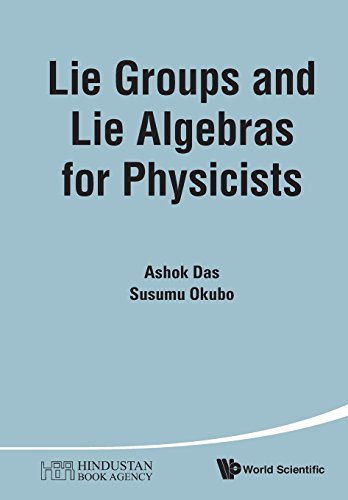
Current Interruption Transients Calculation, Second Edition(Wiley - IEEE)
电流中断瞬态计算 第2版
工程热物理
¥
1885
售 价:
¥
1508.00
优惠
平台大促 低至8折优惠
发货周期:预计3-5周发货
作 者
出 版 社
出版时间
2020年01月02日
装 帧
精装
页 码
296
语 种
英文
版 次
2nd ed.
综合评分
暂无评分
- 图书详情
- 目次
- 买家须知
- 书评(0)
- 权威书评(0)
图书简介
Provides an original, detailed, and practical description of current interruption transients, origins, and the circuits involved, and shows how they can be calculated Based on a course that has been presented by the author worldwide, this book teaches readers all about interruption transients calculation-showing how they can be calculated using only a hand calculator and Excel. It covers all the current interruption cases that occur on a power system and relates oscillatory circuit (transients) and symmetrical component theory to the practical calculation of current interruption transients as applied to circuit breaker application. The book explains all cases first in theory, and then illustrates them with practical examples. Topics featured in Current Interruption Transients Calculation, Second Edition include: RLC Circuits; Pole Factor Calculation; Terminal Faults; Short Line Faults; Inductive Load Switching; and Capacitive Load Switching. The book also features numerous appendices that cover: Differential Equations; Principle of Duality; Useful Formulae; Euler’s Formula; Asymmetrical Current-Calculating Areas Under Curves; Shunt Reactor Switching; and Generator Circuit Breaker TRVs. Offers a clear explanation of how to calculate transients without the use of specialist software, showing how four basic circuits can represent all transients Describes every possible current interruption case that can arise on a power system, explaining them through theory and practical examples Analyses oscillatory circuit (transients) and symmetrical component theory in detail Takes a practical approach to the subject so engineers can use the knowledge in circuit breaker applications Current Interruption Transients Calculation, Second Edition is an ideal book for power electrical engineers, as well as transmission and distribution staff in the areas of planning and system studies, switchgear application, specification and testing, and commissioning and system operation.
本书暂无推荐
本书暂无推荐















